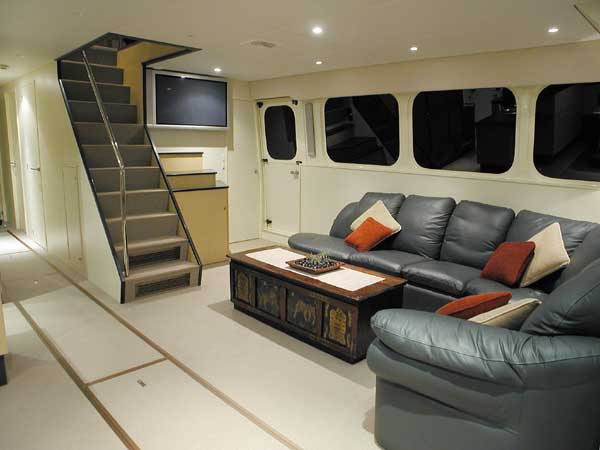jbinbi
Senior Member
We chartered a FP37 last year in Florida. We had originally chartered a trawler for some training. It was pulled at the last minute so they let us have The FP for the same price as the much older trawler. With my limited experience, this was our first coastal cruising experience, I can't comment on seakeeping.
it is a good looking, modern boat but it was designed for the charter market which means sacrificing salon and galley area to jam more people down below in the staterooms.
The salon is very cramped. It is claustrophobic for more than 2. The galley is poor with limited storage. We got in some swell in Tampa Bay and I had to hold on to the microwave to keep it from sliding off the counter top because there are no fiddles.
The master head is still a wet head. The master storeroom mattress is up against a wall on both sides.
Engine access is good and not like some cats under a bed. We were really unimpressed with the boat.
I have been on a couple of Endeavour Trawlercats in our search for a boat. The layout is much better for living in them although engine access is under beds and cramped.
You aren't talking about the relatively new FP MY 37 are you?
https://www.motoryachts-fountaine-pajot.com/en/motor-yachts-catamarans/my-37/
The berths are island, and the head/shower separate?



 : Strong, aluminium hulls that can stand collision with ice and reefs are very much in a multi-hull boater's vocabulary - mine
: Strong, aluminium hulls that can stand collision with ice and reefs are very much in a multi-hull boater's vocabulary - mine 
 ...
...